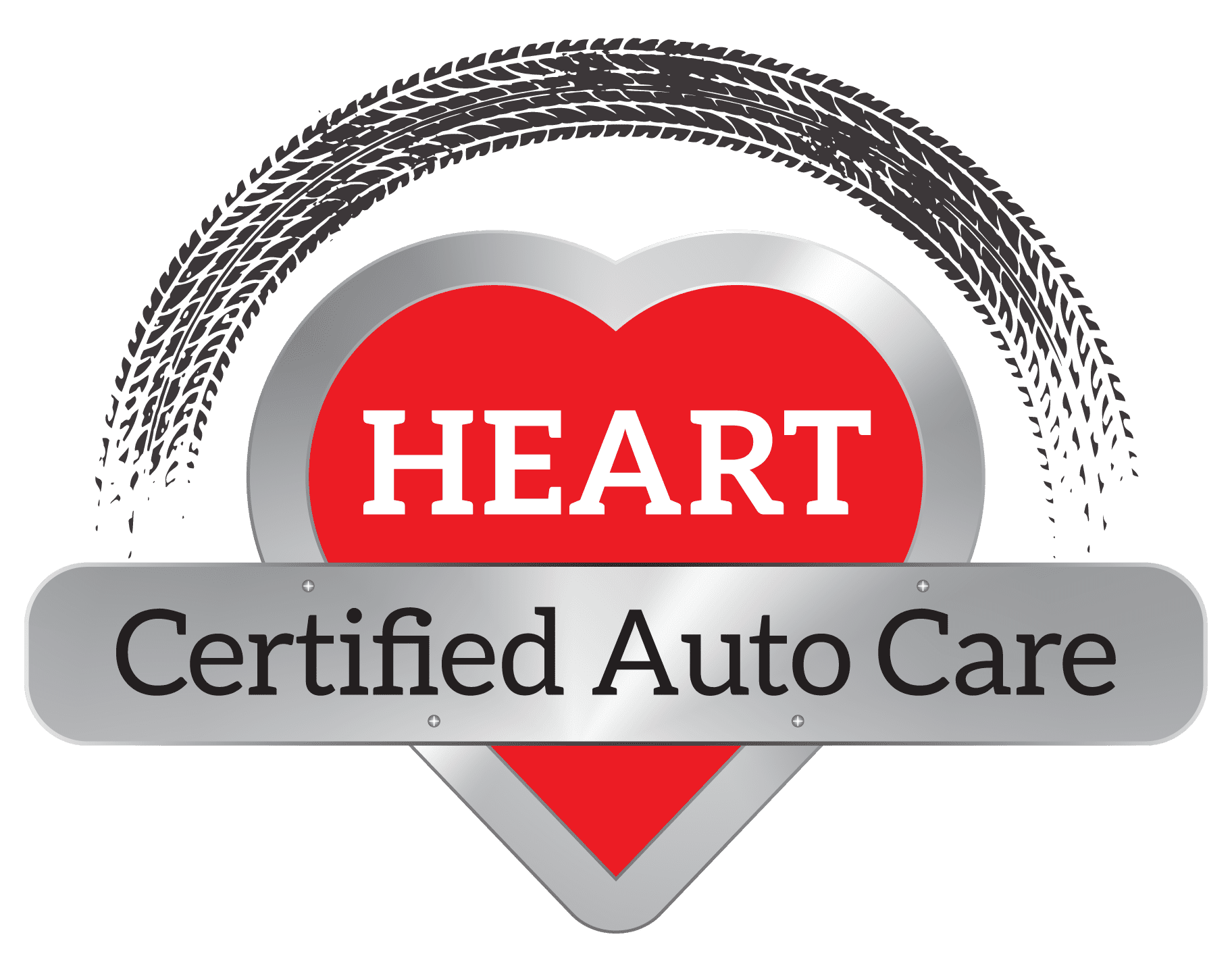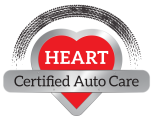Follow these tips and best practices
Whether it’s snow, rain, or ice, driving during any type of storm can be scary and is not recommended. The fear becomes even worse when your headlights or wiper blades aren’t working properly. Your visibility is greatly reduced, roads become slippery, and your chances of sliding off the road or getting into some type of accident increase exponentially. If you see a storm on the radar, the best and safest thing you can do is stay at home or change your schedule, so that you are driving before or after the storm.
However, it’s not always possible to shift your entire schedule around because of inclement weather. Sometimes, whether you like it or not, you have to brave the storm and get to wherever you have to go. In those cases, there are some precautions you can take to increase your safety when driving during a storm.
Understand conditions and take your time
If you can’t avoid driving during a storm, you need to understand what you’re getting yourself into. Keep a close eye on the weather before you leave, especially during the fall and spring when temperatures hover right around freezing. Driving in a storm during 35° to 40° weather can get a lot worse if the temperature dips into the 27° to 32° range. You should also pay attention to whether there are strong winds, flooded roads, reports of debris, hail, etc.
Whether conditions are severe or mild, however, the key is to take it slow. That means keep your speed lower than you otherwise would, maintain distance between you and other vehicles, and take turns softly.
Make sure you can see properly
Visibility can be greatly reduced during a storm. It’s important to ensure your headlights and windshield wipers are in top shape. Bad headlights can result in diminished vision when driving in a storm, especially if it’s nighttime. To make sure you are ready for any weather that blows your way, your lights should be polished and cleaned regularly or, if necessary, replaced at the first sign of trouble.
Just as important as properly maintained headlights are properly functioning windshield wiper blades. If your wiper blades cannot do their basic job of clearing water, snow, and ice from your line of vision, then safely driving during storm will be next to impossible. If you notice they aren’t sufficiently clearing rain or snow from your windshield, bring your car into HEART for a wiper blade test. Because your wipers take a beating, more often than not they will need to be replaced. At HEART, we recommend replacing them every six months.
Stay smart and stay safe
In addition to ensuring your headlights and windshield wipers are working properly, you also need to cover the basics. These include filling up your gas tank to avoid becoming stranded in a storm, letting someone know where and when you are going, and keeping a personal emergency kit in your car stocked with at least snacks, water, first aid, a flashlight, and gloves and a hat.
We live in Chicago and at HEART Certified Auto Care, we understand that all of us will probably have to drive in a storm at one time or another. Come by any of our three Chicago area locations, HEART Certified Auto Care Wilmette, HEART Certified Auto Care Evanston, or HEART Certified Auto Care Northbrook to make sure your headlights, windshield wipers, tires, and engine are up to speed, ready to take on any type of storm.







